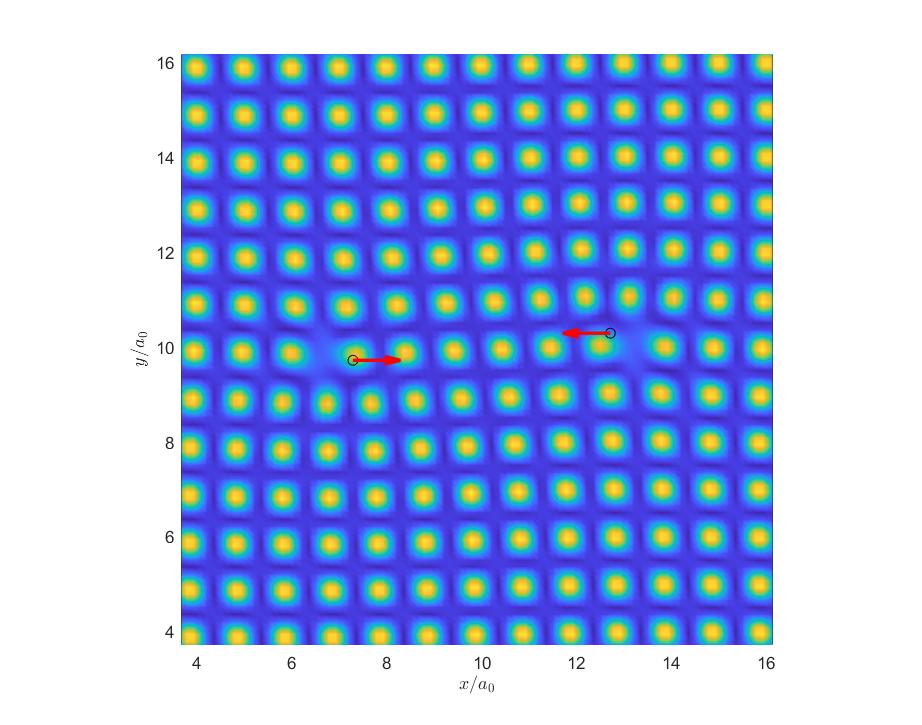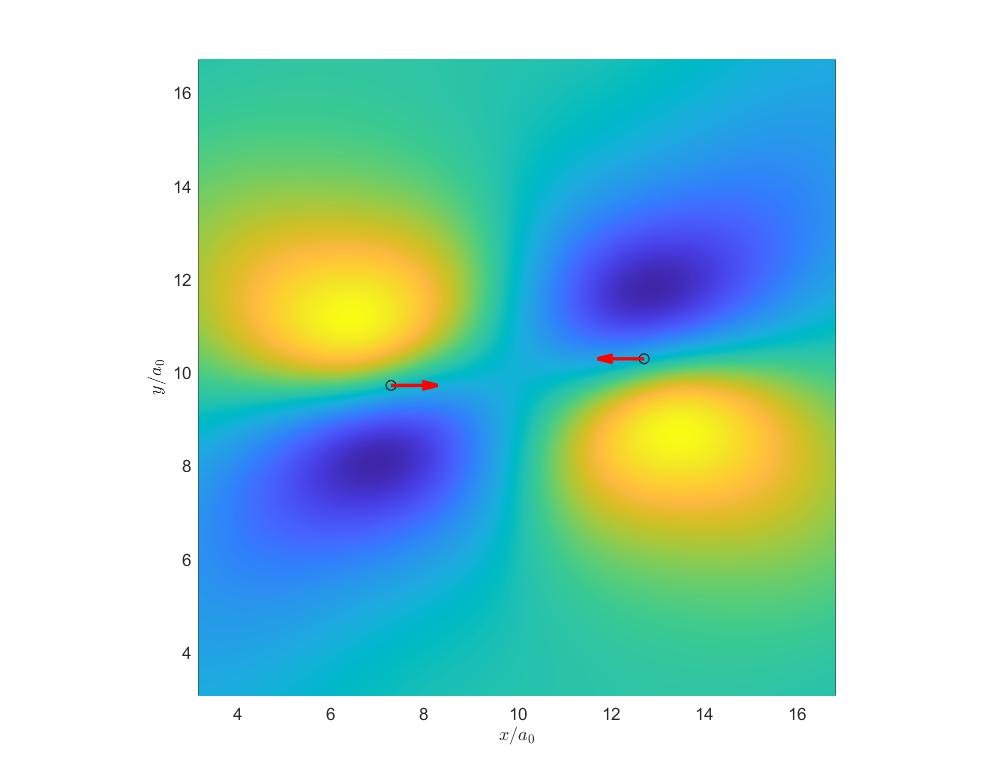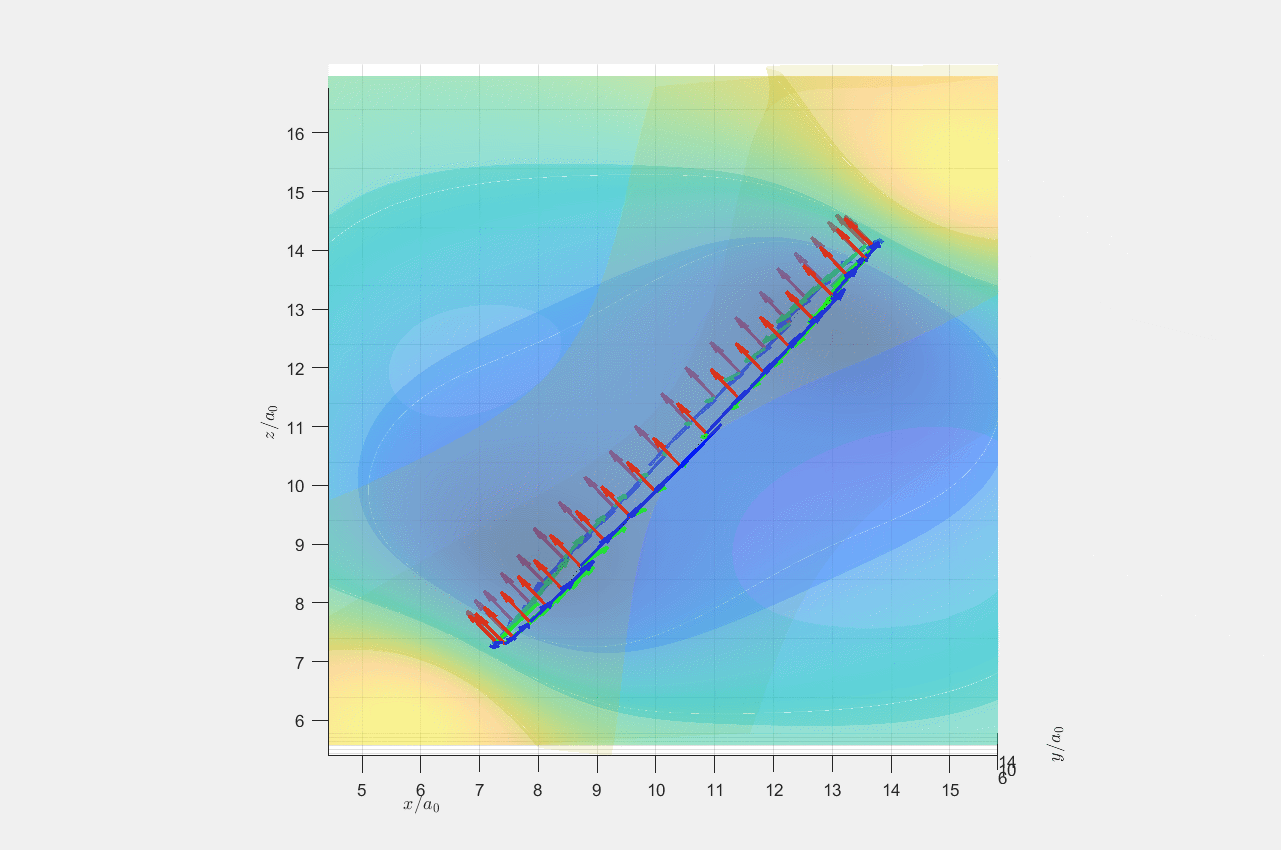We study nucleation and dynamics of dislocations based on their topological properties determined by the underlying crystal symmetry. We use the phase field crystal model, where by a crystal on mesoscales is represented by a periodic density field which can be decomposed into a superposition of periodic modes. For a perfect crystal, the amplitudes of these periodic modes are real-valued and homogeneous in space, while small elastic distortions map into complex-valued amplitudes with constant magnitude and slowly-varying phases. Dislocations correspond to spatially-varying amplitudes both in their magnitude and phase. Topological constraints impose that the amplitude magnitude vanishes at the dislocation core where the amplitude phase is multi-valued. In this formalism, we can relate dislocations with topological defects in the complex amplitudes. This allows us to develop a theoretical framework where we can relate elastic stress and plastic deformations induced by dislocations with the topological and dynamical properties of the crystal lattice. This is a versatile formalism that can be adapted to various crystal symmetries in 2D and 3D systems.

(by V. Skogvoll)


PhD project of Vidar Skogvoll -- part of the Earthflows, UiO Strategic Research Initiative -- PhD thesis (2023)